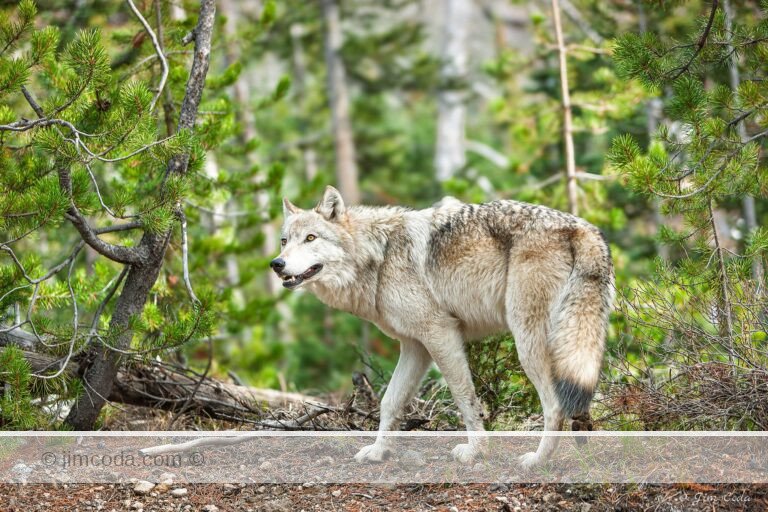Category: Uncategorized
A Coyote Stops on a Ranch Pasture Just Before Sunset.
This coyote was crossing a ranch pasture with his...
Carrizo Plain National Monument, California
Well, after waiting all this time, all we learn is that Ryan...
Baaa!
Last spring I went out on the local roads looking for young goats and sheep to photograph. I found...
Part of My Show, Riverfront Art Gallery
I usually post something at least every seven days, but I’ve...
Snow Plow Leads the Way
This is what it looked like as I headed toward the Lamar Valley yesterday. That’s...
“Put Yer Dukes Up.”
Any day in Yellowstone is a good day. That is especially true in the...
Two years ago this month I started this blog with a trip to Yellowstone. It seems fitting that I am...
No articles found
Prints for sale
Browse my selection of photos for sale as fine art prints
Filter by category
Sorry, no prints in this category









